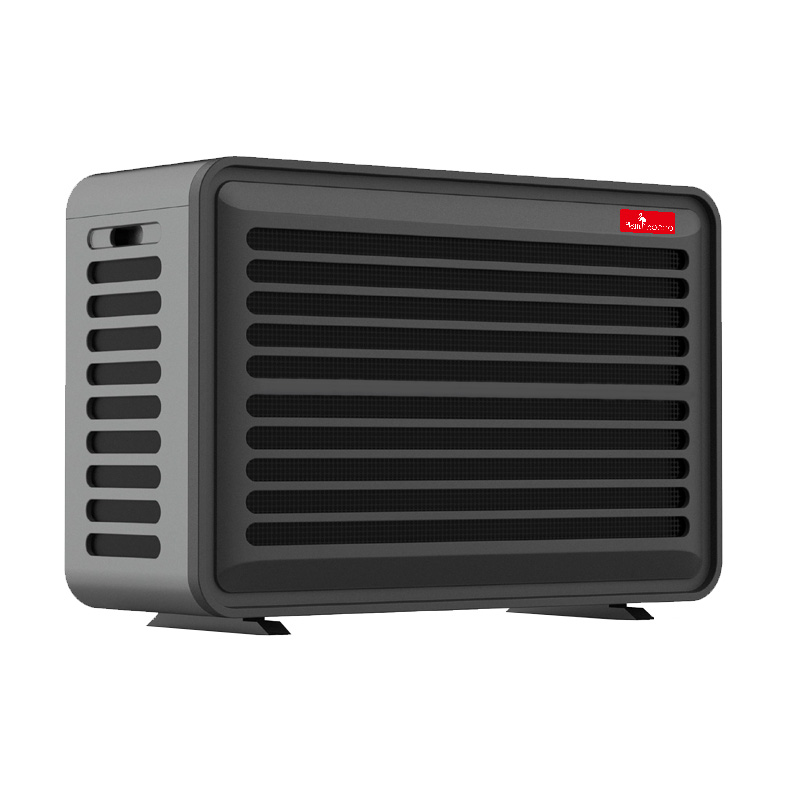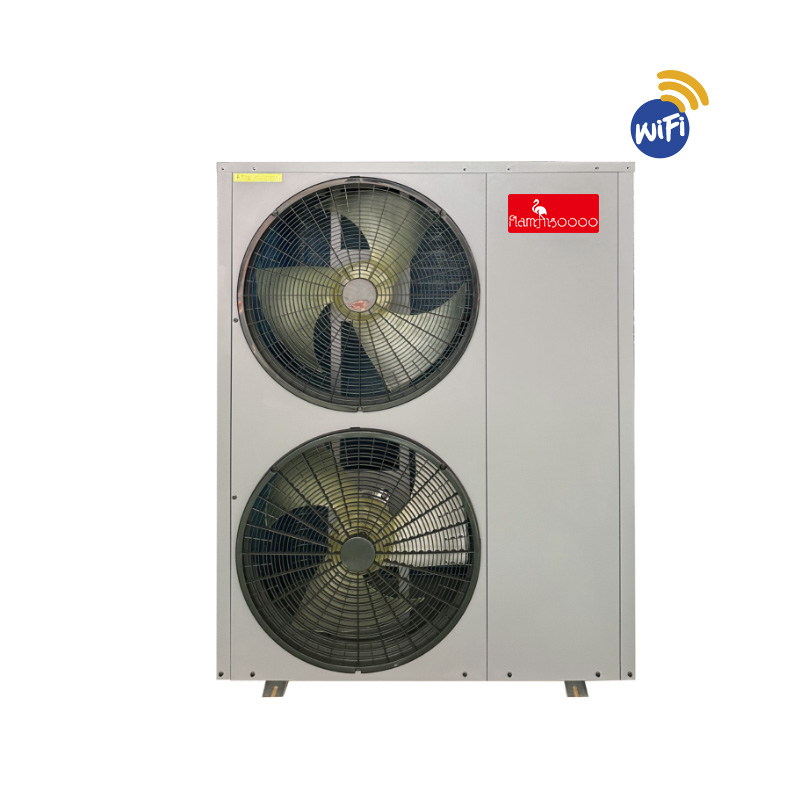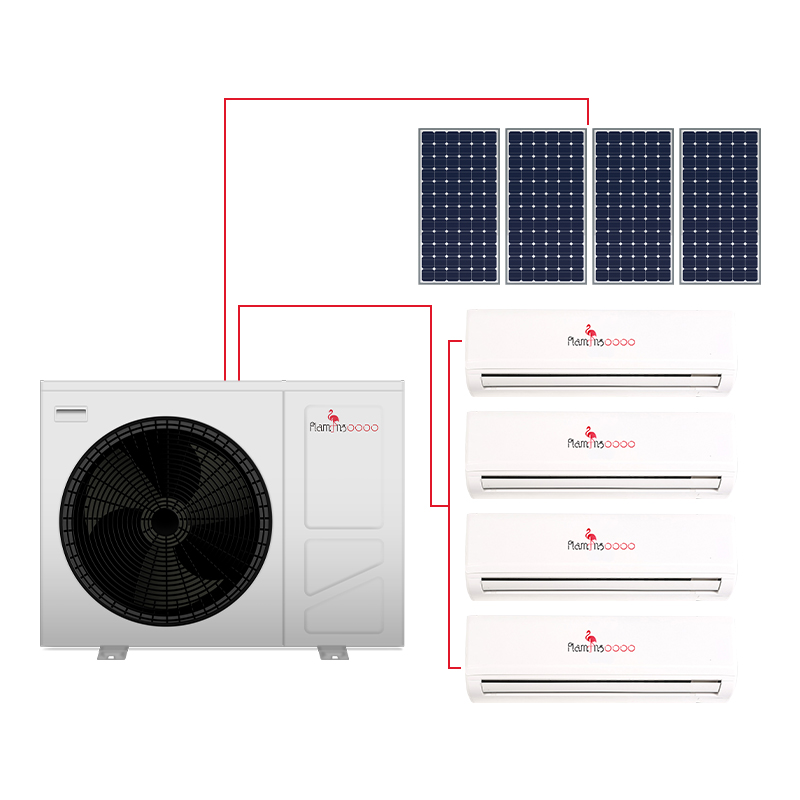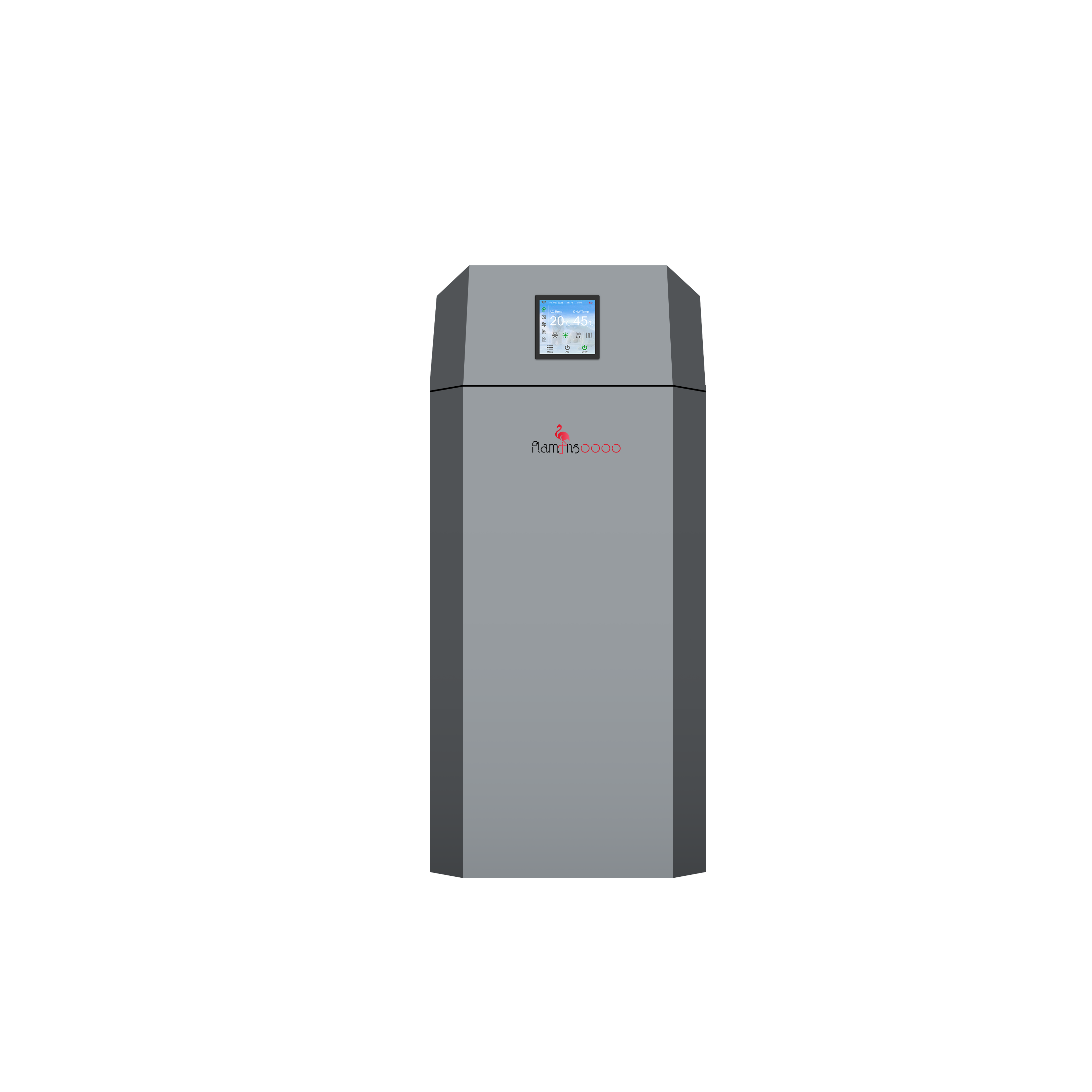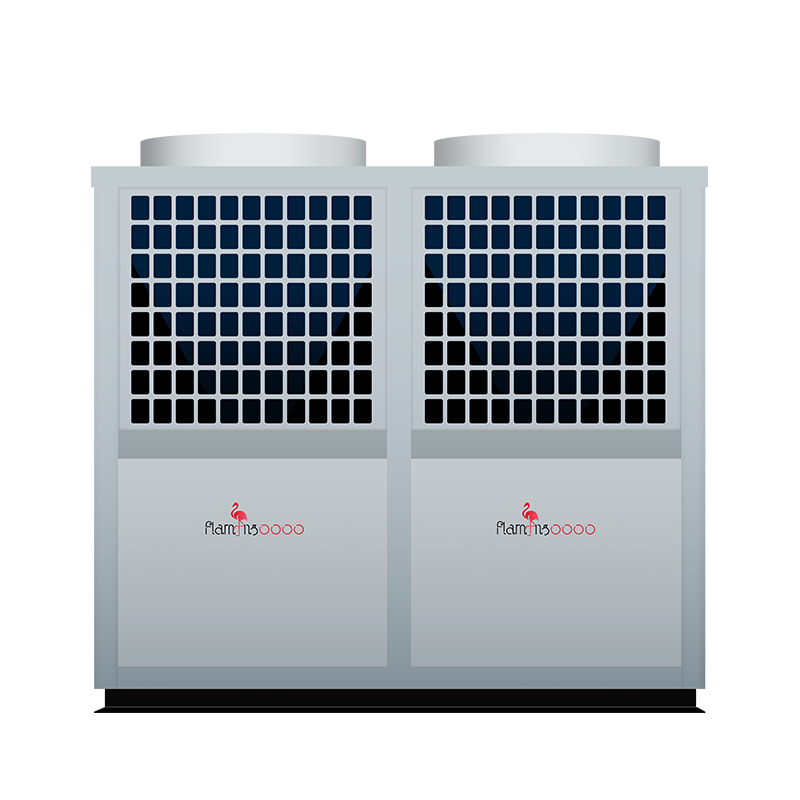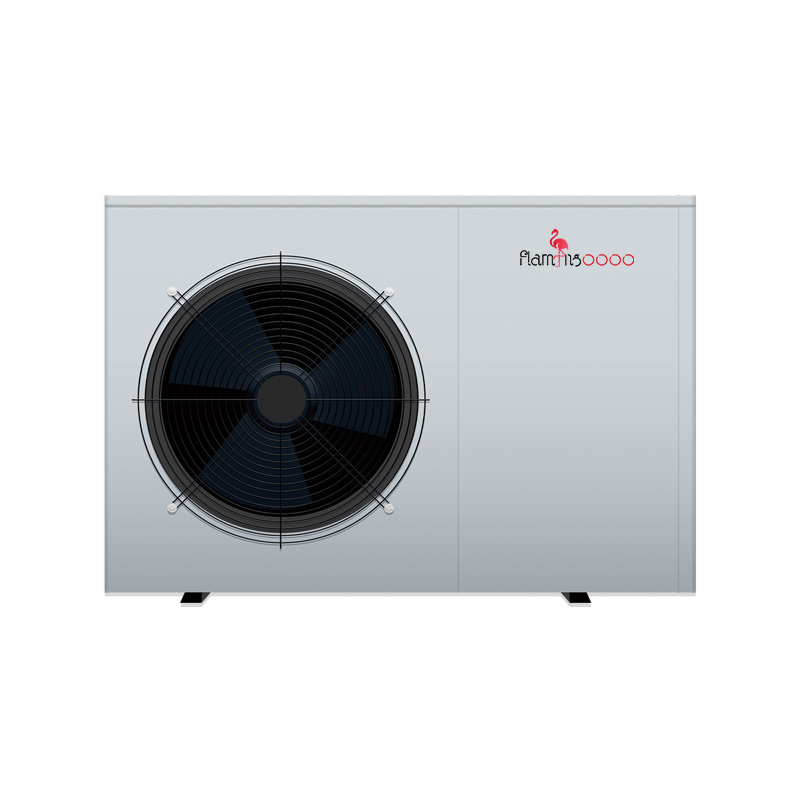What ia a Ground Source Heat Pump?
As the demand for sustainable and efficient heating and cooling solutions grows, ground source heat pumps (GSHPs) are becoming increasingly popular. But what exactly is a ground source heat pump, and how does it work?
Understanding Ground Source Heat Pumps
A ground source heat pump is a renewable energy system that harnesses the constant temperature of the earth to provide both heating in the winter and cooling in the summer. The system typically consists of a loop of pipes, known as ground loops, buried underground, filled with a heat-transfer fluid. In the winter months, the fluid absorbs heat from the ground, which remains relatively warm even in cold weather. This heated fluid is then pumped into a heat pump inside the building, where it is compressed to increase its temperature before being distributed throughout the home via a conventional duct system. Conversely, during the summer, the process is reversed: the heat pump extracts heat from the building and transfers it back into the ground, providing effective cooling.
Efficiency and Cost Savings
One of the standout features of GSHPs is their remarkable efficiency. With a coefficient of performance (COP) ranging from 3 to 5, these systems can produce three to five units of heat for every unit of electricity consumed. This high efficiency translates into significantly lower energy bills and substantial long-term savings, making GSHPs an appealing choice for homeowners and businesses looking to reduce operational costs. Additionally, many regions offer rebates and tax incentives to help offset installation costs, further enhancing their financial attractiveness.
Environmental Benefits
Ground source heat pumps significantly reduce greenhouse gas emissions compared to conventional heating systems that rely on fossil fuels. By utilizing the earth’s natural heat, GSHPs contribute to a cleaner environment and help meet global sustainability goals. They are particularly advantageous in the fight against climate change, as they help decrease dependence on non-renewable energy sources. As countries strive for net-zero emissions, GSHPs are increasingly recognized as a vital component of the renewable energy landscape.
Installation Considerations
While GSHPs offer numerous advantages, potential buyers should be aware of the installation requirements. The system requires adequate land for underground loops, which may not be feasible for all properties. Site-specific assessments are necessary to ensure the suitability of the ground for heat exchange. Additionally, the installation process can be complex and may involve excavation, making it essential to work with experienced professionals who specialize in GSHP installation and design.
Future Prospects
The future of ground source heat pumps looks promising as advancements in technology continue to improve their efficiency and reduce installation costs. Innovations in drilling techniques, system design, and materials are likely to make GSHPs more accessible to a broader range of consumers. As awareness of their benefits grows, GSHPs are poised to become a cornerstone of energy-efficient living.
Conclusion
In summary, ground source heat pumps represent an innovative and efficient solution for heating and cooling needs. With their ability to lower energy costs, reduce environmental impact, and promote sustainability, they are becoming increasingly important in the transition to renewable energy. As homeowners and businesses alike explore ways to enhance energy efficiency, ground source heat pumps stand out as a reliable and forward-thinking option for a greener future. With the right planning and professional guidance, investing in a GSHP could lead to significant long-term benefits for both the environment and one’s wallet.


